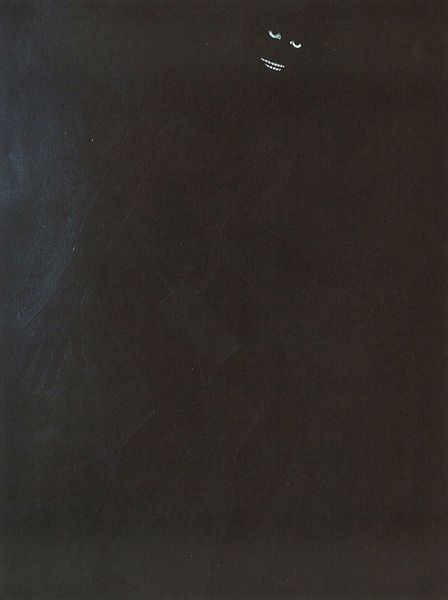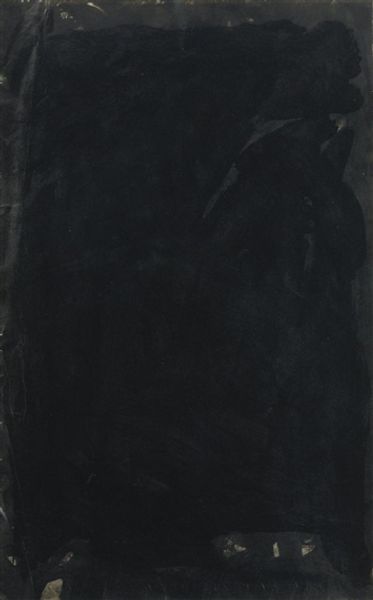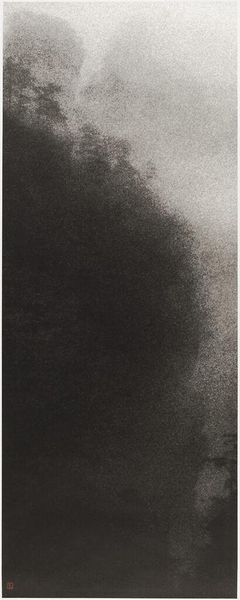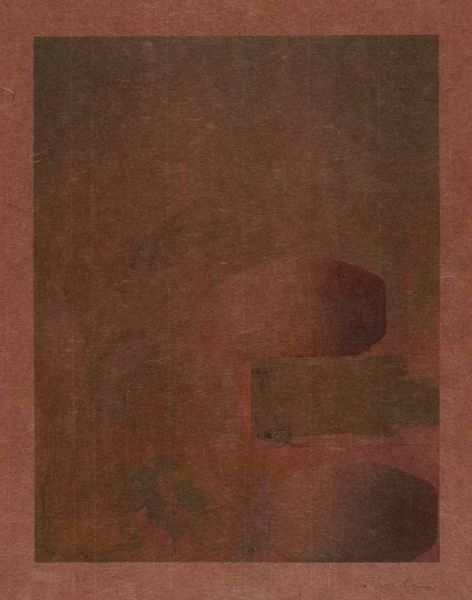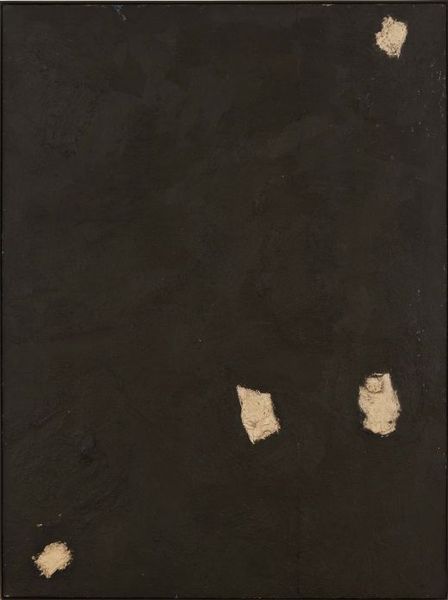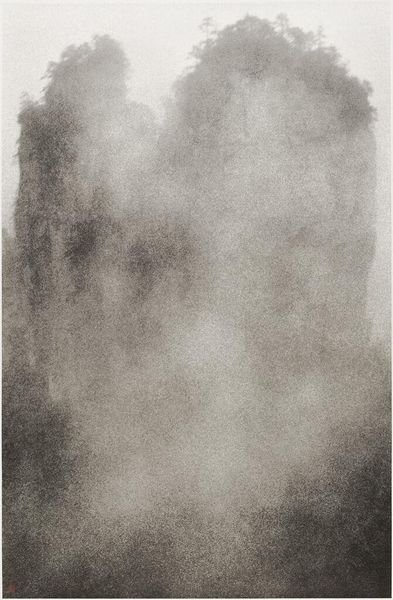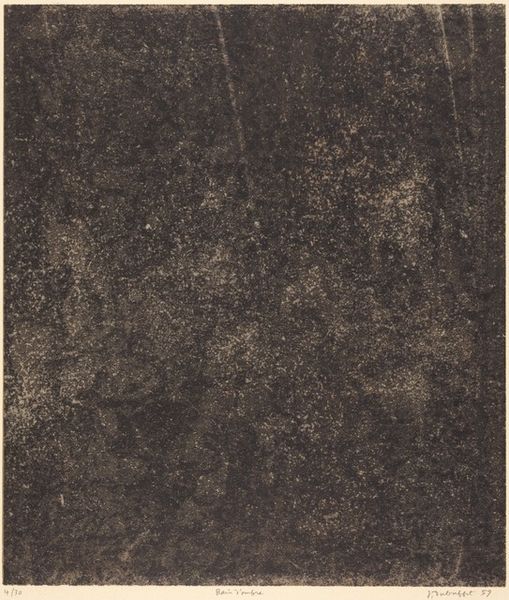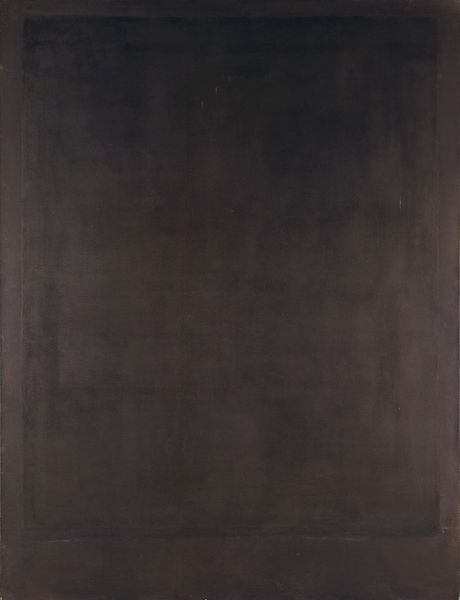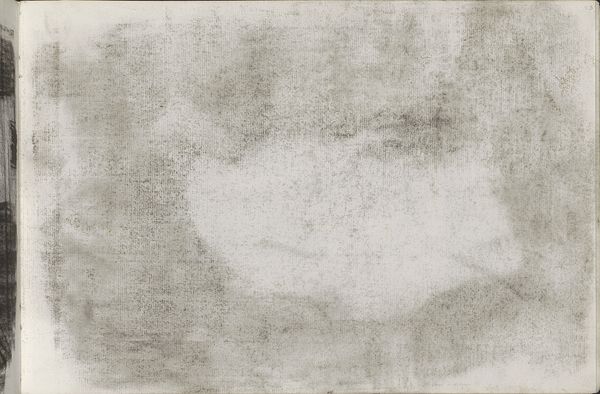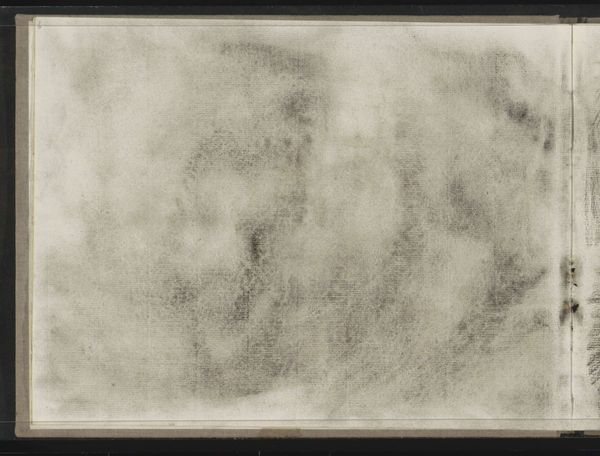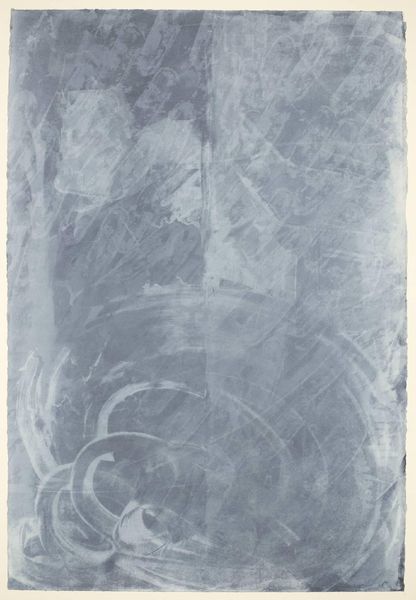
Shepherdess, known as ‘Monumental Conception of Humanity’ c. 1885 - 1898
0:00
0:00
painting, oil-paint
#
portrait
#
painting
#
oil-paint
#
charcoal drawing
#
figuration
#
symbolism
Dimensions: height 203 cm, width 138.5 cm, thickness 4.2 cm, depth 9.5 cm
Copyright: Rijks Museum: Open Domain
Editor: This is Matthijs Maris’ "Shepherdess, known as ‘Monumental Conception of Humanity,’" created sometime between 1885 and 1898. It’s an oil painting currently housed in the Rijksmuseum. The subdued, almost monochromatic palette creates a sense of mystery. What compositional elements stand out to you? Curator: The most striking feature is the dissolution of form. Notice how the figure emerges and recedes from the background, rendered through delicate gradations of tone and subtle shifts in value. There’s an emphasis on atmosphere, which obfuscates a clear reading of representational form. Can you identify any lines within this visual field? Editor: I see some suggestions of lines and shapes, but they are soft and indistinct, almost dissolving into the overall tonal unity. The work feels very textural, even though it's an oil painting, it feels like a charcoal drawing. What would you call his technique? Curator: The artist prioritizes tone and atmosphere over line and contour. It demonstrates the artist's interest in creating subjective and emotive representations of figures, focusing more on capturing the intangible essence rather than realistic, representational detail. Is there anything further you observed that informs that assertion? Editor: It almost feels like he is intentionally obscuring detail, inviting the viewer to engage with the painting on a more emotional level, to almost construct their own image within the hazy space. This piece shows so much with seemingly very little form. Curator: Precisely. By emphasizing the interplay of light and shadow, Maris encourages the viewer to contemplate the nature of perception itself. Form arises from darkness through carefully calibrated manipulation of the visual medium and offers itself as a truly rewarding act of decoding. Editor: Thank you. Now, I am much more keen on examining materiality and technique as essential vehicles for meaning.
Comments
rijksmuseum about 2 years ago
⋮
This large painting of a shepherdess was for a staircase and meant to be seen from below. As for all of his conceptions, Maris wished to erase the traces of the production process. Here he worked with successive layers of pastose paint which he ‘pressed’ into the canvas, creating a matte surface with a rugged texture. He also had the frame made especially for this picture.
Join the conversation
Join millions of artists and users on Artera today and experience the ultimate creative platform.
